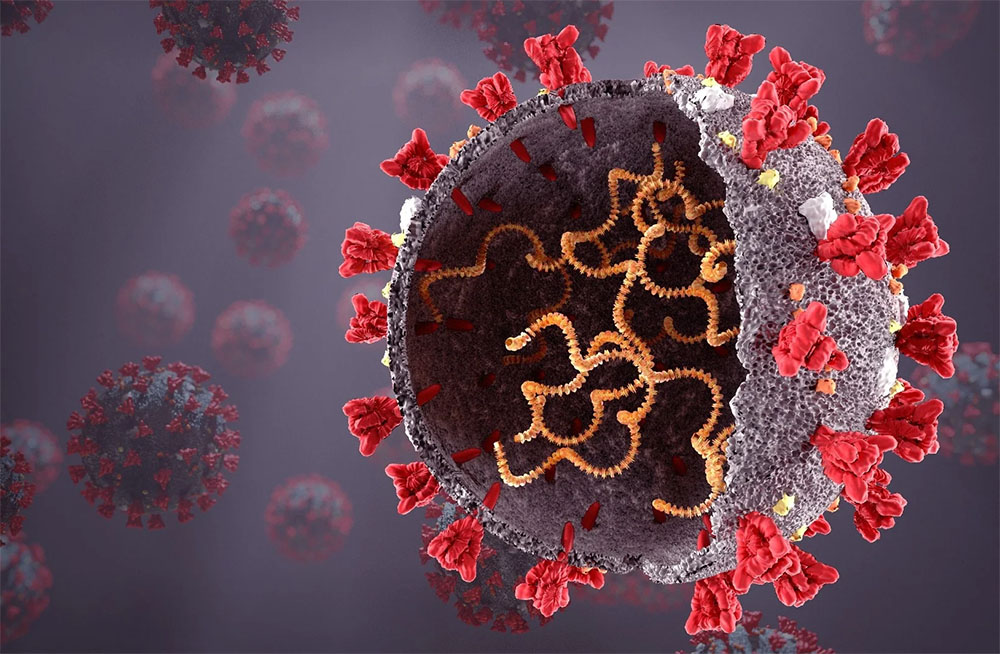
Photo Credit: CDC
A new COVID-19 variant, KP.2, has been spreading globally. However, the level of KP.2 infection remains extremely low in China. The main circulating strains in China are linked to the JN.1 lineage, with the top three variants being JN.1, JN.1.4, and JN.1.16 as of April, according to the Chinese Center for Disease Control and Prevention (China CDC).
Experts believe that the likelihood of the KP.2 sublineage becoming the dominant circulating strain in China in the short term is low, as the previous epidemic caused by JN.1 has decreased to a low level. The possibility of triggering a new peak of infections is also low due to the very low proportion of KP.2 sublineage infection cases in local cases, as stated by the China CDC on Tuesday.
The KP.2 variant strain was initially detected in local cases in South China’s Guangdong Province on March 11. As of May 12, a total of 25 KP.2 sequences have been monitored in local cases in China. The proportion of KP.2 in local sequences reported weekly ranges from 0.05 percent to 0.30 percent, indicating a very low level of prevalence, according to the CDC.
KP.2 is a sublineage of the Omicron variant of COVID-19. It is a sublineage within the JN.1 variant that has shown strong transmissibility and was first detected in samples collected in India on January 2, 2024. Since February, due to the rapid increase in the proportion of KP.2 in global circulating strains, the World Health Organization included KP.2 on the monitoring list on May 3. Currently, there have been no reports indicating significant changes in the pathogenicity or immune evasion capabilities of KP.2 compared to the currently dominant JN.1 variant, according to the CDC.
The JN.1 variant is currently the dominant strain globally, but the KP.2 sublineage has been gradually increasing in proportion since the beginning of the year. In some countries, the prevalence of the KP.2 sublineage is relatively high, ranging from 10 percent to 30 percent, according to the CDC.
From April 1 to 30, the number of outpatient visits in fever clinics decreased from 163,000 to 113,000, according to the latest China CDC report released on May 10.
The positive rate of COVID-19 in influenza-like cases decreased from 13.5 percent in the week of April 1 to 7 to 5.9 percent in the week of April 29 to May 5, according to the report.
The health authorities suggest that residents maintain good personal hygiene, eat a healthy diet, and boost the immune system to stay healthy.
















